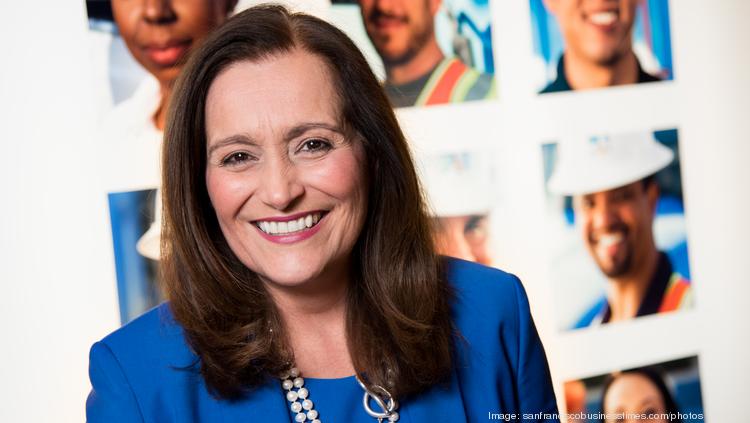 India Post News Service
India Post News Service
SAN FRANCISCO, CA: In a keynote address in New York City, PG&E Corporation President and CEO Geisha Williams offered a progress report on California’s clean-energy goals, as well as a preview of how the changing climate could complicate the ability of the state’s energy companies to continue their pursuit of those objectives.
Speaking at the 2018 Investor Summit on Climate Risk, co-hosted by Ceres and the United Nations Foundation, Williams described the rapid growth of clean-energy technologies in California as “extraordinarily successful.” “We’ve gone farther than many thought possible, and we’ve done it in record time,” Williams said.
Collectively, the state’s three largest investor-owned utilities are running well ahead of schedule in providing their customers with electricity from qualified renewable sources – primarily solar and wind. PG&E now expects to show that the company reached the state’s target for 33 percent renewables in 2017 – three years early.
“In terms of greenhouse-gas emissions, the news is even better. When you add in large hydro and nuclear, nearly 70 percent of the electricity on PG&E’s grid is now GHG-free – something we’re very proud of,” Williams said.
Yet Williams cautioned that California still has much farther to go in meeting its longer-term GHG-emission goals for 2030.
“We’re talking about cutting emissions nearly in half – in the next 12 years – for the sixth largest economy in the world … That’s not a transition in our energy economy, that’s a transformation,” Williams said.
Success, Williams said, will require an intense effort to electrify the transportation sector through the adoption of plug-in electric vehicles and the charging infrastructure needed to fuel them, as well as a fully modernized electric grid able to integrate an ever-expanding supply of clean-energy technologies.
 “We at PG&E are deeply committed to the California vision of a sustainable energy future … We see the electric grid as a climate solutions platform that offers the scale to support this transformation,” Williams said.
“We at PG&E are deeply committed to the California vision of a sustainable energy future … We see the electric grid as a climate solutions platform that offers the scale to support this transformation,” Williams said.
What could stand in the way, Williams explained, is the financial exposure to climate risks that California energy companies are now facing in the wake of 2017’s devastating wildfires.
PG&E lists California’s clean energy progress
0 - 0







